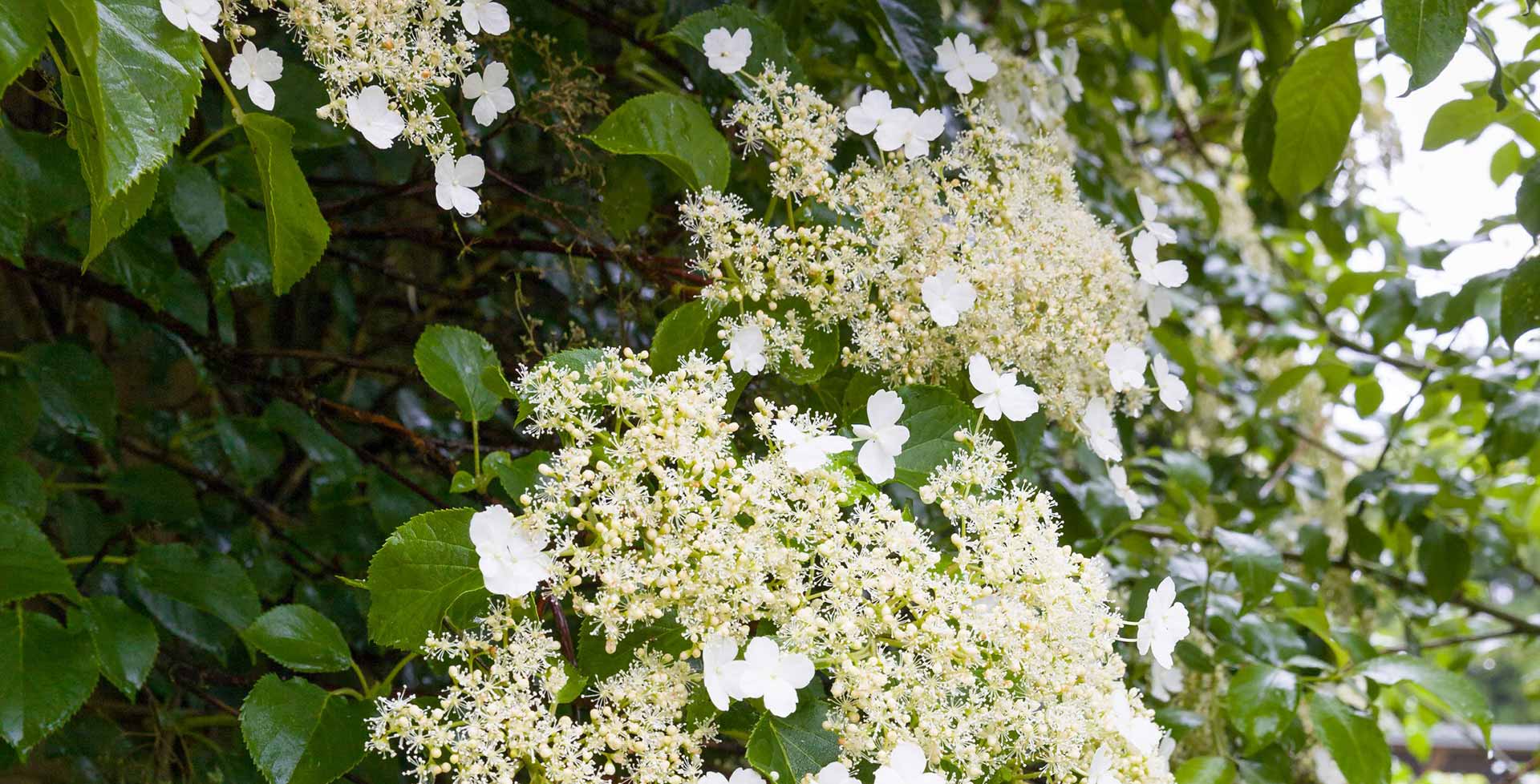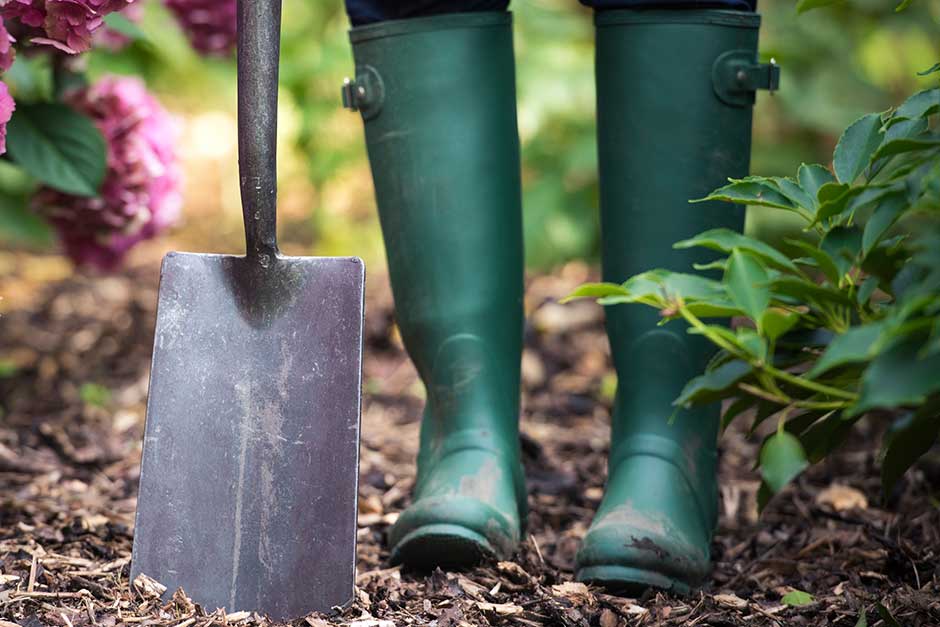
Introducing...
Climbing hydrangeas
The most popular and well-known climbing hydrangea is Hydrangea anomala subsp. petiolaris. Though slow growing to start with, it is a vigorous climber that can cover outbuildings or brighten up shady house walls. Hydrangea seemannii and H. serratifolia are vigorous evergreen climbers that are perhaps less known as they need to be grown in a sheltered spot and in milder parts of the UK.
Looks
Mature plants look spectacular in early summer when in full flower covered with white flowers that are produced on last year’s shoots. Though self-supporting, they benefit from having a structure such as trellis, to help them on the way.
Likes
They will grow well in most soils provided they are reasonably moist and fertile. Climbing hydrangeas grow well with a degree of shade, making them well-suited for east- and north-facing walls. They may be also grown in sunnier spot as long as the soil is not too dry. Hydrangea seemannii and H. serratifolia are less hardy and need shelter to thrive.
Dislikes
Climbing hydrangeas grown in very hot and dry spots are unlikely to thrive.
Did you know?
Climbing hydrangeas form aerial roots on stems that cling to a wall or a host plant.
Growing guide

How to grow climbing hydrangeas
All the information you'll need to grow & care for climbing hydrangeas in your garden.
Climbing hydrangeas we recommend
Hydrangea anomala subsp. petiolaris 'Mirranda'
hydrangea 'Mirranda'
- Higher than 12 metres
- 4–8 metres
Hydrangea serratifolia
serrate-leaved hydrangea
- 8–12 metres
- 4–8 metres
Hydrangea anomala subsp. petiolaris 'Mirranda'
hydrangea 'Mirranda'
- Higher than 12 metres
- 4–8 metres
Hydrangea serratifolia
serrate-leaved hydrangea
- 8–12 metres
- 4–8 metres
Useful advice
Climbers and wall shrubs: pruning established plants
Climbers: training and pruning on planting
Get involved
The Royal Horticultural Society is the UK’s leading gardening charity. We aim to enrich everyone’s life through plants, and make the UK a greener and more beautiful place.